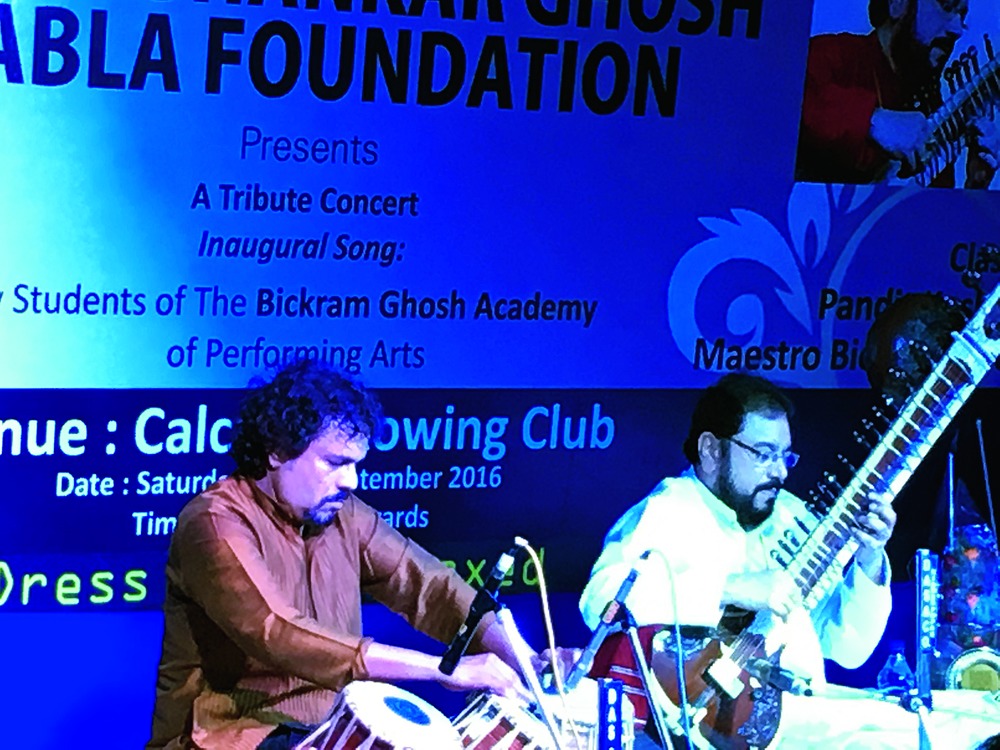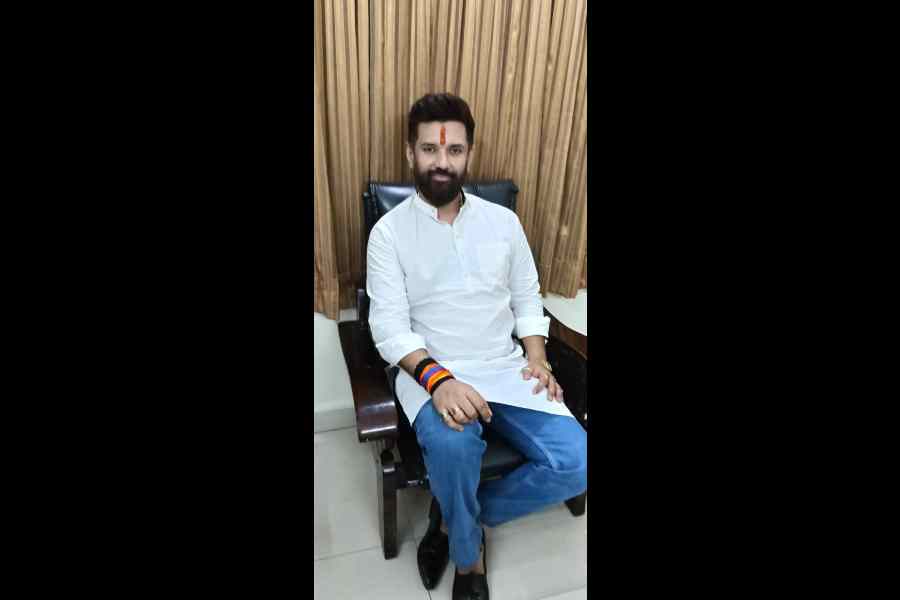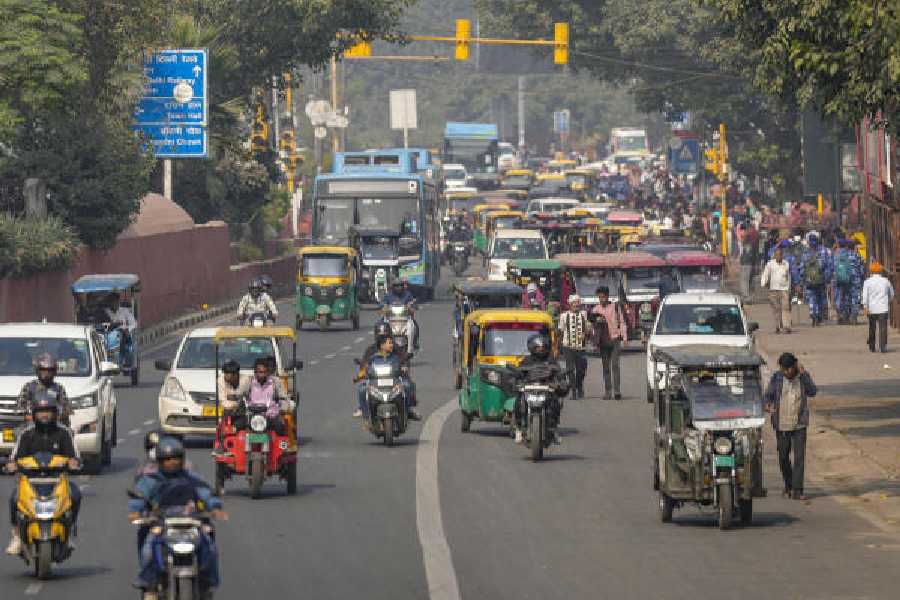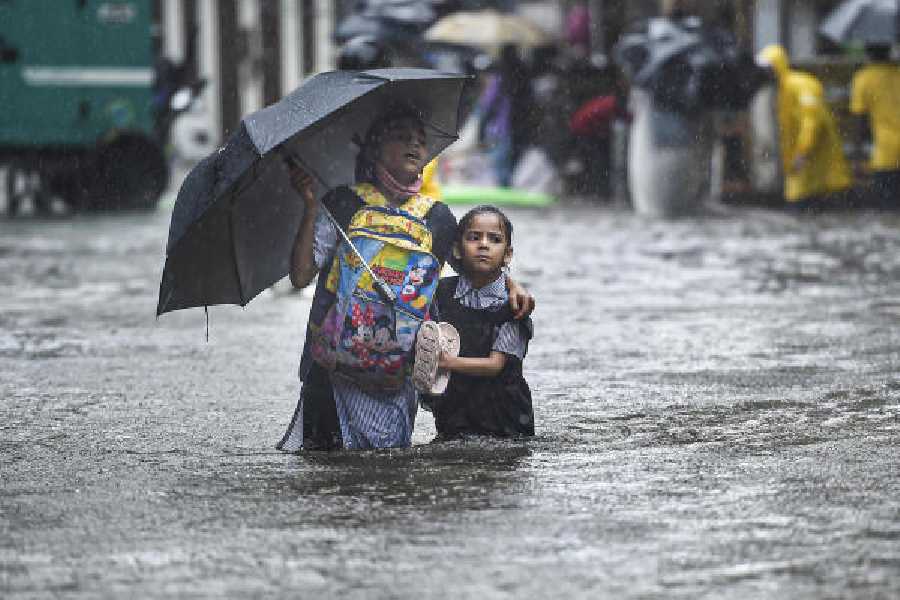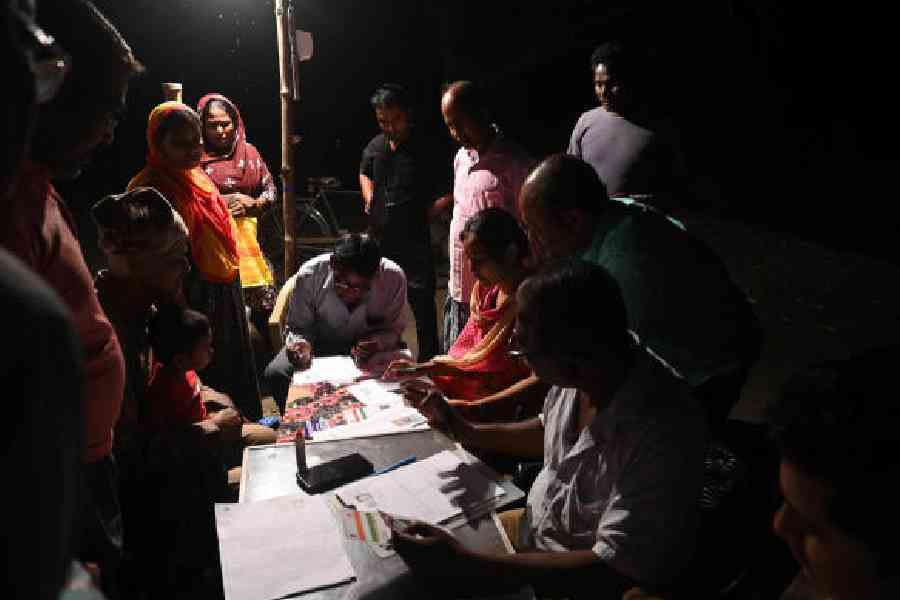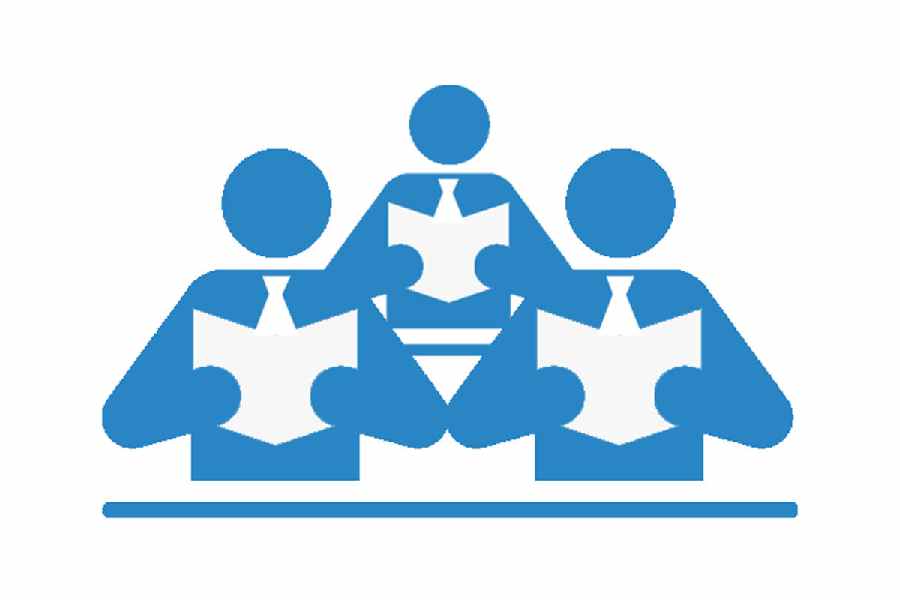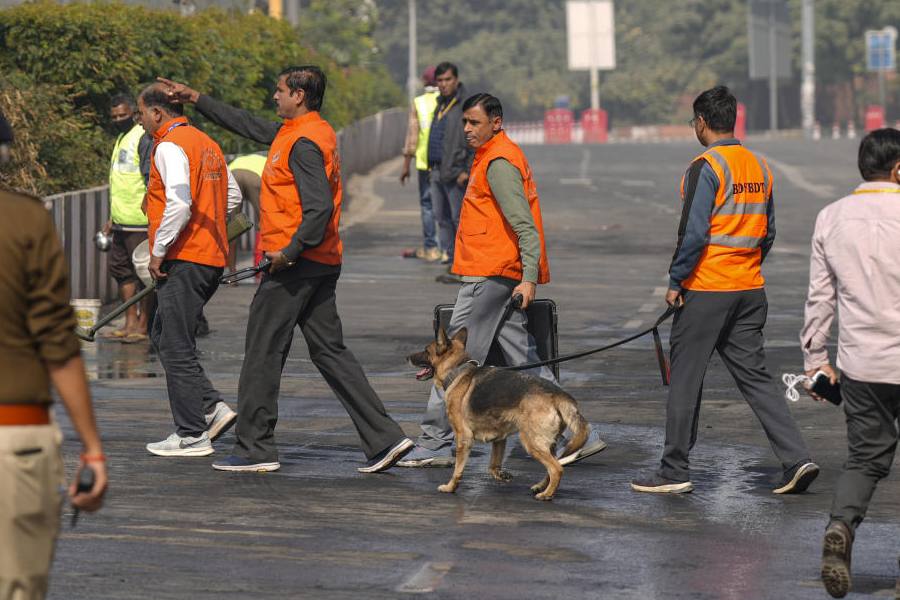
The reverberation of sound creates its own language. This language forms the basis of all instruments, which develop the shades of sound on a broader spectrum. The late tabla maestro, Pandit Shankar Ghosh, was of the opinion that the bols of the tabla can also be tuned in different ragas. To reinforce this notion, he created "Music of the Drums". In his honour, students of Bickram Ghosh Academy of Performing Arts organized an evening of sound and melody at Calcutta Rowing Club. The inaugural chorus was followed by the orchestra of drums.
The first composition was in chowtaal, based on Raga Chandrakosh. The atmosphere of quietude was heightened by a delightful presentation based on Raga Kalawati in a cycle of nine beats. Tabla bols were also presented in the form of a song based on Raga Deshkar. The coordination with other instruments made the performance enjoyable, although the flavour of classical tabla was slightly missing.
The later part of the performance was a sitar recital by Kushal Das (picture, top). He commenced with an alaap in Raga Yogkosh that was short and sonorous. He tried to expand the spirit of the raga in a compact cycle. The rendition of the keynotes with all the intricacies was enchanting and the jor portion was arresting in its spontaneity. Das played a gat in Rupak. The vistaars in the lower and middle octaves flourished with a careful application of mirs. The length could have been shortened - that would have helped avoid the repetition at the end. The gat in drut teentaal touched listeners with its energy and the use of complicated taans. Das also played a melodious composition in Mishra Shivaranjani. Bickram Ghosh ably accompanied him on tabla.
.jpg)
Shabdam, in association with Ramakrishna Mission Institute of Culture, Golpark, had arranged an evening titled Ganga Kaveri Sangam to pay tribute to Shankar Ghosh. They presented a duet of mridangam by N. Shankar and tabla by the budding artist, Indranil Mallick (picture, right). They focused on the aditaal of the eight-beats cycle and presented rare bols, parans and kaydas. The bols of the mridangam were interesting. Debasis Karmakar supported them on harmonium. It was an enjoyable journey.
Next, Sanjay Guha played Raga Megh on sitar. He started with alaap, jod and jhala, followed by an exceptional gat in Dhamar. Goutam Chakraborty and Indranil Mallick supported him on pakhawaj and tabla respectively. Guha ended his recital with a small aochar and gat in teentaal in Raga Khamaj.

